How Ford SUVs Evolved Over time – 50 Years of Experience
When Ford introduced the original Ford Bronco in 1965 with a press release touting a “completely new line of four-wheel-drive vehicles,” the base “roadster” model had no roof, no doors and, for a real wind-in-your-hair experience, a fold-flat windshield. Customers looking for the additional protection from the elements offered by a doors and a roof had to pay for them as options. On the upside, once you paid for them, doors were fitted with locks as a standard feature.
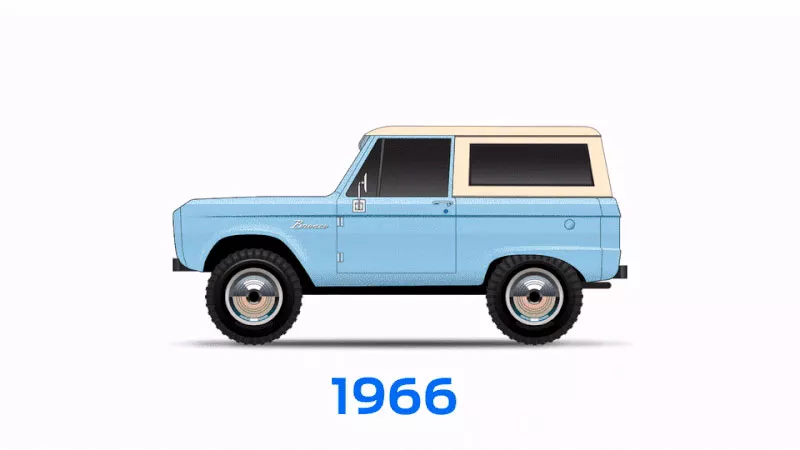
Since the introduction of the first Bronco, the SUV category has changed so much as to be nearly unrecognizable. No longer intended as a second vehicle just for off-road excursions, SUVs are set to reach 40 percent of all vehicle sales by 2018, and have already overtaken passenger cars as the top-selling vehicle in some markets.
Their growth has been helped by improving safety and technological advancements that have enhanced fuel efficiency to passenger-car levels. Combined with inherent SUV advantages like a higher seating position – which helps to improve vision and makes getting in and out a breeze – and a more versatile cargo area, SUVs are no longer the compromises of old. Whether for millennials tackling parenthood for the first time, or boomers who don’t want to sacrifice practicality, SUVs are increasingly the obvious choice.

When we look back at the 1966 Bronco, it looks like such a stripped-down vehicle compared to today’s SUVs,
said Ian Foston, Everest chief program engineer, Ford Asia Pacific.
But it was an inherently capable vehicle, and was hugely important to our development as a company.
Over 50 years of building SUVs, we have developed a genuine understanding of what the consumer is looking for. If you look at the press release announcing the Bronco, it talks about being ‘designed to combine outstanding performance and comfort with practicality.’ The technology may have changed, but this focus on combining practicality, performance and comfort is very much the same.
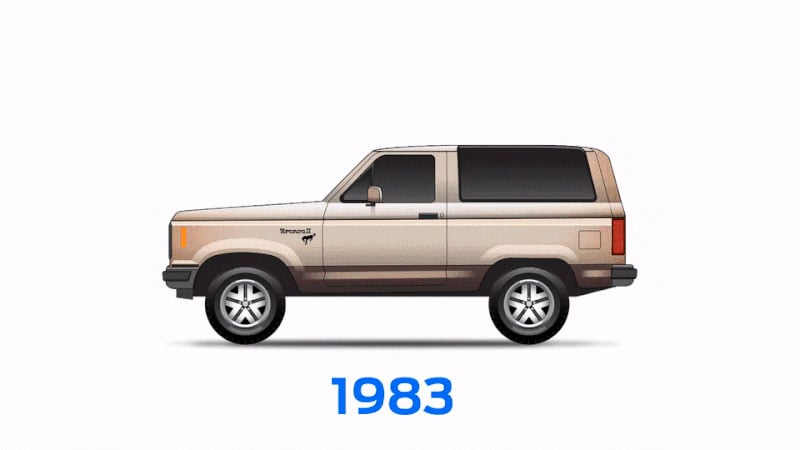
The increasing appeal of SUVs has helped to drive their diversification. In the years following the original Bronco and the smaller, more efficient Bronco II, Ford identified that customers wanted to use SUVs as their primary vehicle, but were not willing to make significant tradeoffs in comfort and drivability.
Introduced in 1990, the Ford Explorer bridged that gap with its carlike refinement, helping to set off an SUV sales boom in North America that would transform the global market. As more customers moved to SUVs, Ford broadened its SUV lineup to meet their needs.
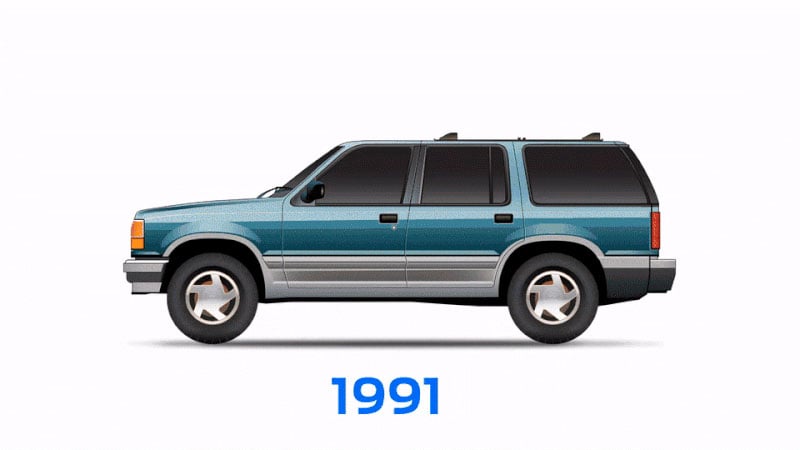
In 2016, the Ford Everest has four doors – with locks – an integrated roof, and much, much more. It is quiet, comfortable and composed on highways, fun to drive on twisty back roads and immensely capable off-road. Like all of Ford’s modern SUVs – alongside the EcoSport, Kuga, Edge and Explorer – its capabilities reflect Ford’s long history of listening to the customer to remain a leader and innovator in the SUV segment.
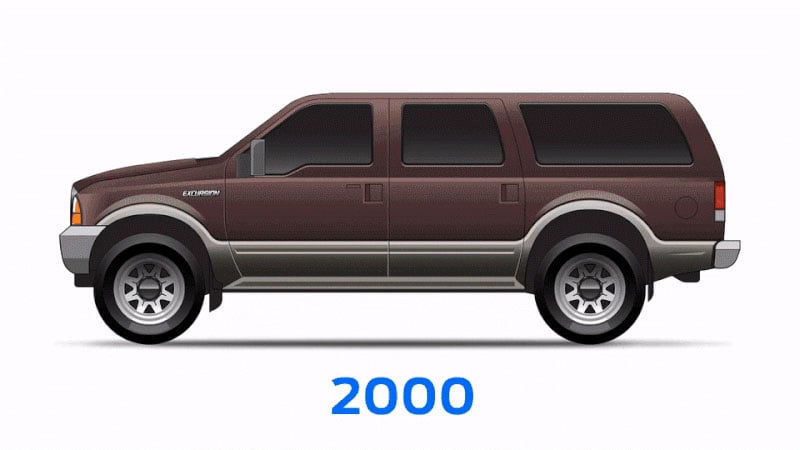
Each SUV is designed to meet the specific needs of different customers.
Kicking off Ford’s modern SUV family, the Ford EcoSport puts the inherent SUV advantages of command style seating, great visibility and practical space into a package perfectly suited to navigating busy urban streets in modern and often congested cities. And it has enough cargo space to easily carry home all the fruits of any urban expeditions.
The Ford Kuga, designed with the needs of modern families in mind, boasts a range of features for enhanced convenience and hassle-free ownership. A hands-free, kick-activated liftgate makes it easy to access the cargo area without putting down packages or other loads. On the highway, adaptive cruise control uses sensors to help maintain a safe distance from the car in front, and a lane keeping system helps to keep you from drifting into the next lane. Advanced EcoBoost engines offer the mileage customers need and the power they want.
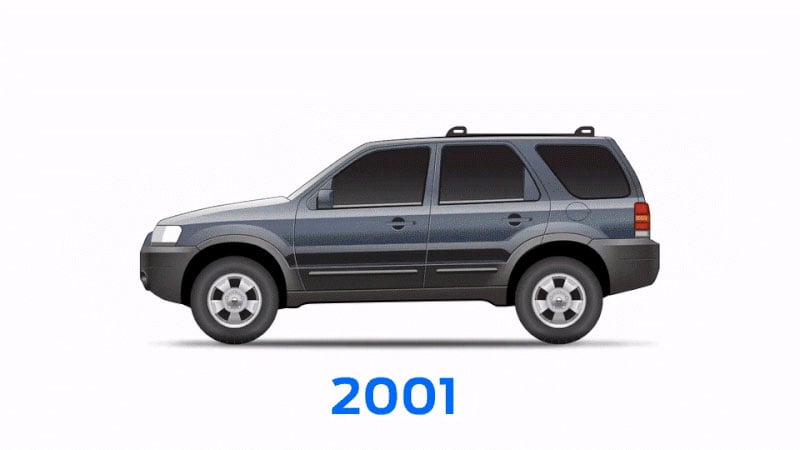
The Ford Edge offers advanced technologies and a commanding presence with high levels of passenger comfort. Inside the roomy cabin, high-quality materials and cutting-edge design combine to create a premium environment for discerning customers. Sensor technologies like Perpendicular Parking and Park-Out Assist help to reduce the stress of urban driving.
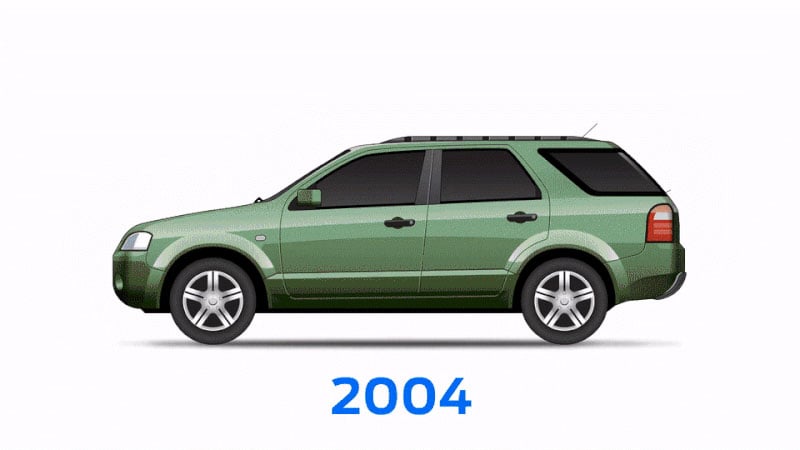
The Ford Everest offers true off-road capability thanks to its intelligent four-wheel drive system and active transfer case with Torque on Demand, best-in-class ground clearance of 225 mm and the ability to wade through water up to 800 mm deep, helping customers achieve the extraordinary. An advanced Terrain Management System lets you choose from four preset settings to confidently tackle nearly any terrain – or manually lock the transfer case into low-range mode for increased control in extreme off-road environments. All of this is offered in a bold and stylish package with a quiet, refined interior, smart technologies and exceptional on-road dynamics.
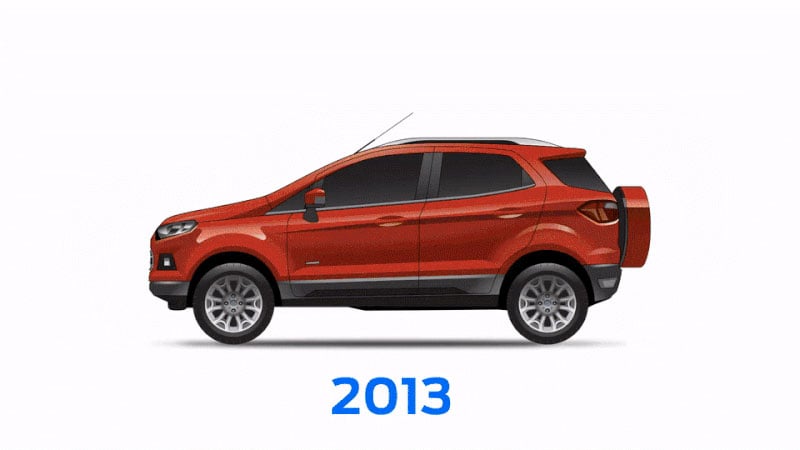
More than 25 years after it was first introduced, the Ford Explorer continues to offer innovation and performance with features like a new 2.3-liter EcoBoost engine offering both power and efficiency, and a full range of driver assistance technologies. The Explorer’s intelligent four-wheel drive with Terrain Management System reassesses road conditions about 20 times faster than the blink of an eye for precise handling and traction.
Across the entire range, all of Ford’s SUVs offer passenger-car-like levels of fuel economy, safety and refinement that complement the inherent SUV design features of utility, ease of access and a high seating position.
There is no question that 50 years’ experience building these vehicles and listening to our customers has given us a unique ability to design and create a modern family of SUVs that fit into a huge range of lifestyles – from young urbanites to successful business professionals to adventure seekers, and everything in between,
said Foston.
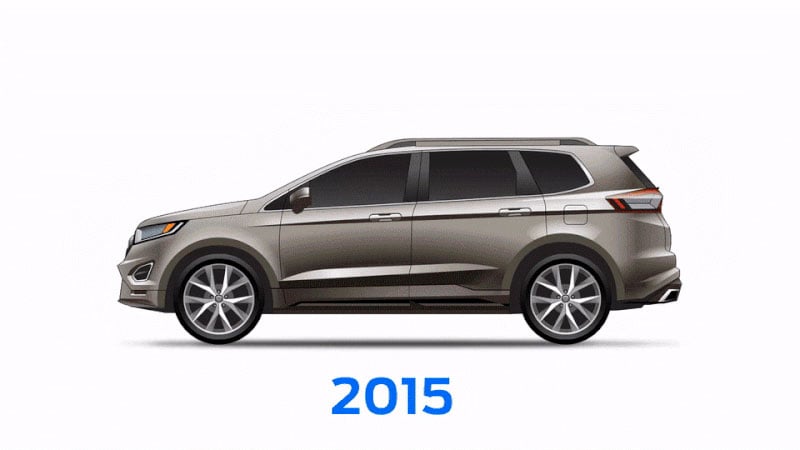
Putting the Sport in Sport Utility
Ford has always been serious about the “sport” aspect of sport utility vehicles. Introducing the Bronco, Ford General Manager Donald Frey referred to its “big brother” the Ford Mustang, noting that the new SUV would broaden the appeal of utility vehicles to “the college crowd … active lively people … and with families as a second or third car”: It was a vehicle for people who enjoyed getting behind the wheel. Today, Ford’s SUVs are widely praised for driving dynamics that flatter the novice and reward the expert driver.
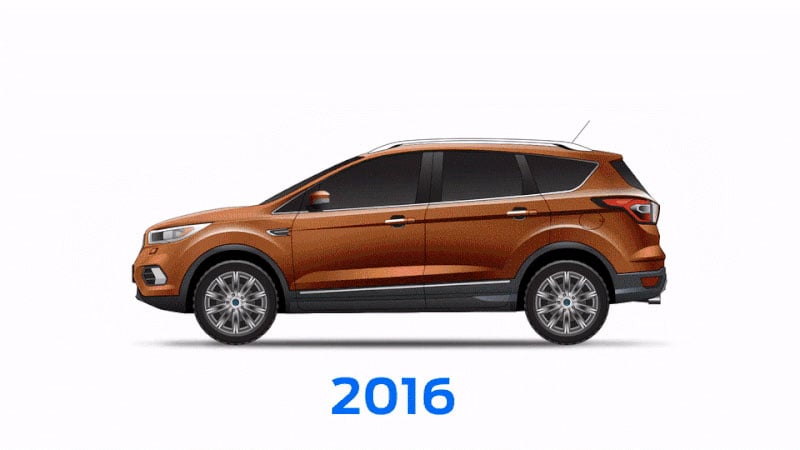
The Ford Everest is a case in point: Engineers knew that to achieve the highest levels of off-road capability and durability, it needed to be based on a body on frame platform with a solid rear axle.
On many traditional SUVs, that means trading-off on-road dynamics – a sacrifice Ford engineers weren’t willing to make. To maintain Ford’s handling DNA, they used a precision suspension design called a Watt’s linkage. More balanced than other designs, it allowed engineers to tune the Everest to deliver a more rewarding driving experience both off and on road.







